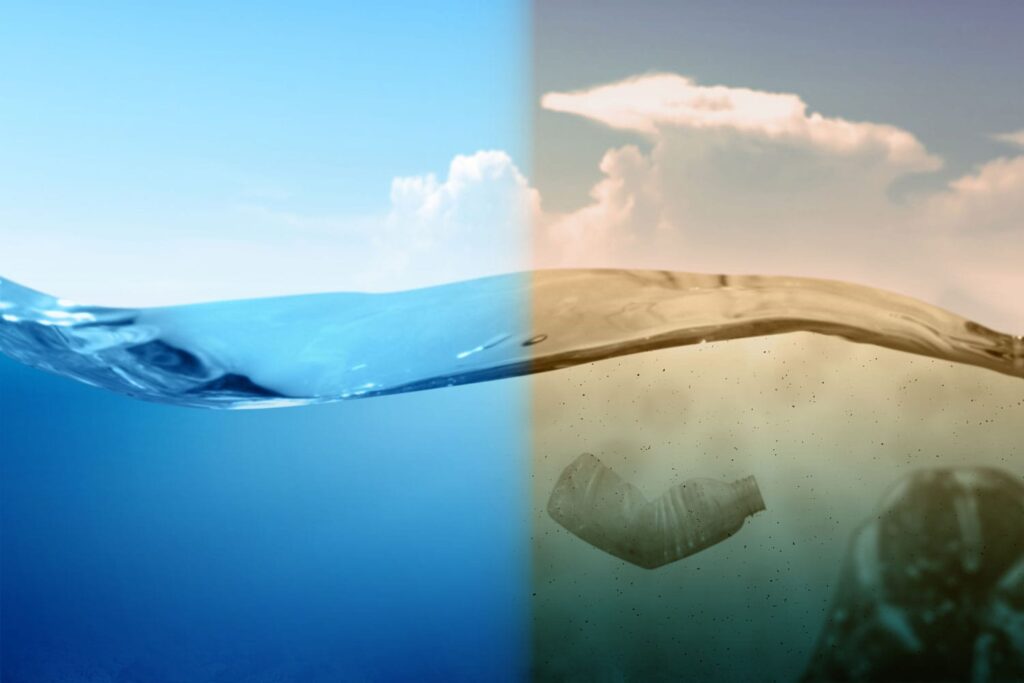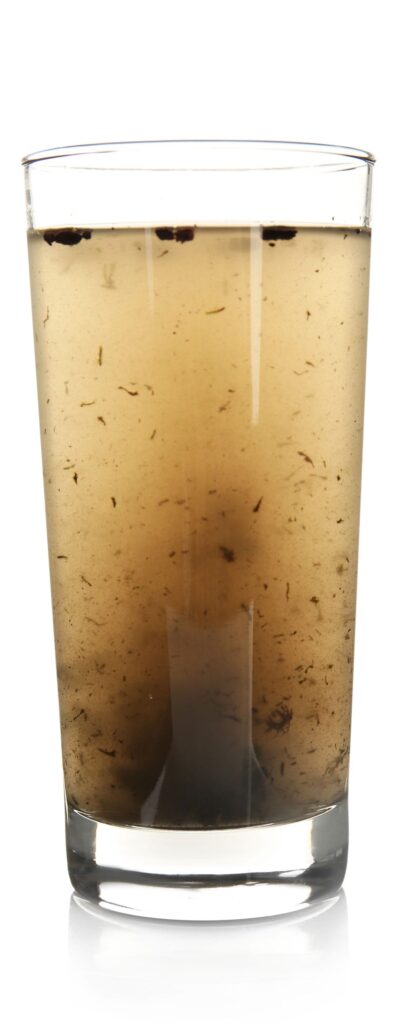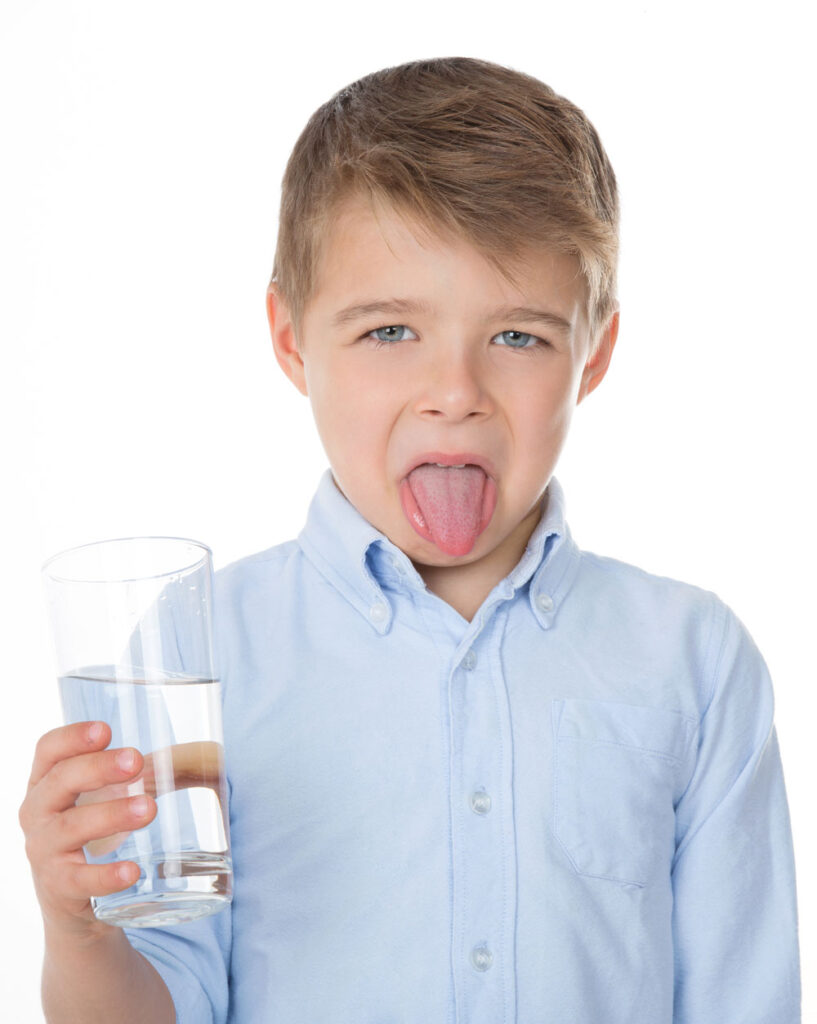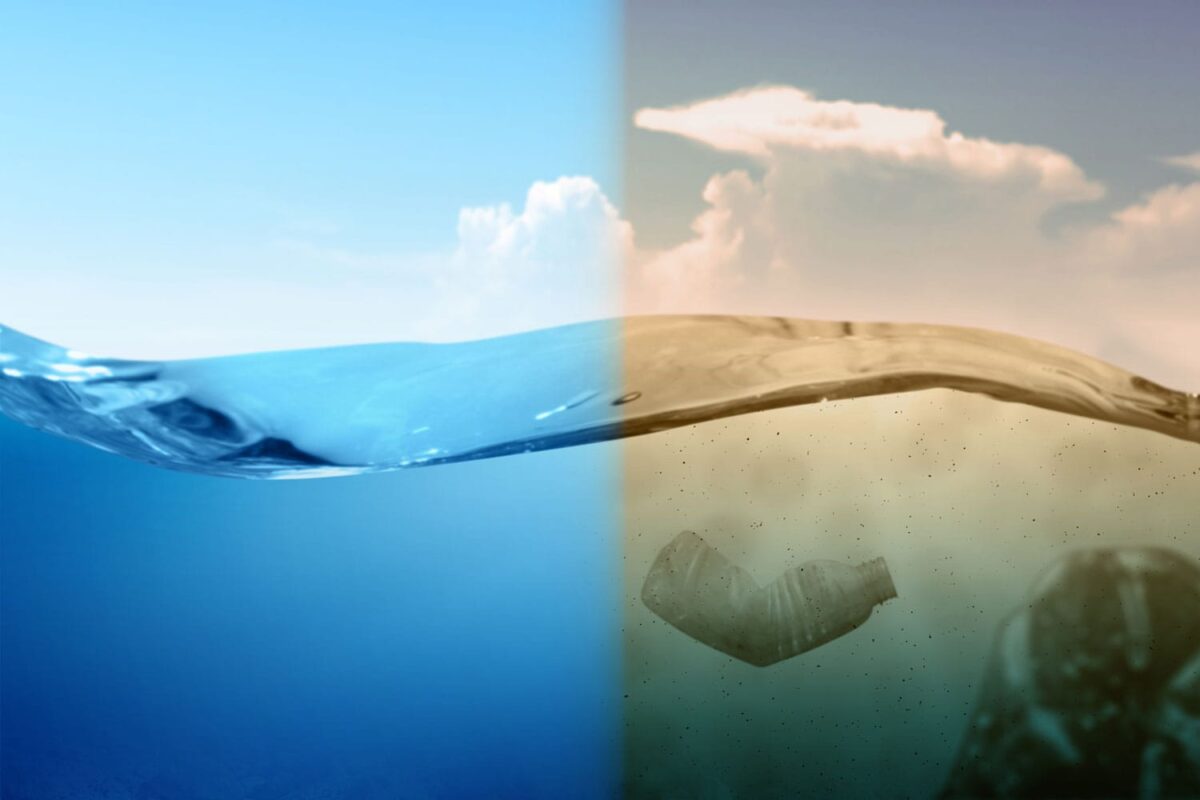Water is essential to life, and clean water is crucial for maintaining good health. However, not all water sources are created equal, and some may be contaminated with harmful substances that can pose health risks to humans and animals. In this article, we will discuss some of the water sources that people often assume to be clean but can be unsafe to drink.

What Makes Water Not Clean?
Water can become contaminated with a variety of harmful substances, making it unsafe for consumption. Some of the most common contaminants found in water sources include:

- Microorganisms: These include bacteria, viruses, and parasites, which can cause a range of illnesses, from minor stomach upset to more severe conditions such as dysentery and hepatitis.
- Chemicals: Chemical pollutants can include pesticides, fertilizers, industrial chemicals, and heavy metals. Exposure to these substances can cause various health problems, including cancer, birth defects, and developmental issues in children.
- Sediment: Sediment can enter water sources from erosion or construction sites and can contain harmful bacteria and other contaminants.
- Nutrients: Excessive amounts of nutrients such as nitrogen and phosphorus can enter water sources from agricultural runoff or sewage treatment plants, leading to the growth of harmful algae blooms that can produce toxins and deplete oxygen levels in the water.
- Heavy metals: Heavy metals such as lead, mercury, and arsenic can enter water sources from industrial waste, mining operations, or leaching from pipes and plumbing fixtures. Exposure to these metals can cause various health problems, including neurological damage, developmental issues, and cancer.
These are just a few examples of the many substances that can make water unsafe for consumption. It’s important to regularly test water sources and take appropriate measures to remove contaminants to ensure that the water is clean and safe to drink.
Why is Unsafe Water Dangerous to Consume?

Drinking contaminated water can cause a variety of illnesses, from minor stomach upsets to more serious conditions such as dysentery, hepatitis, and cholera. Exposure to harmful substances such as pesticides, heavy metals, and industrial chemicals can also cause long-term health problems, including cancer, developmental issues, and neurological damage.
Children, pregnant women, and individuals with weakened immune systems are particularly vulnerable to the health risks associated with drinking contaminated water. In developing countries, where access to clean water is limited, unsafe water sources are a major public health concern and can lead to widespread outbreaks of waterborne diseases that can cause illness and death.
Even in developed countries, where access to clean water is more readily available, there can still be instances where water sources become contaminated and pose a health risk to consumers. For example, in 2014, toxic algae bloomed in Lake Erie left over 400,000 people in Toledo, Ohio without access to safe drinking water for several days.
Unsafe Water Sources
There are many different types of water sources that can be unsafe for consumption due to contamination with harmful substances:
Well Water
Many people who live in rural areas rely on private wells for their drinking water. However, well water is not always safe to drink, and it can contain harmful bacteria, viruses, and other contaminants. Private wells are not regulated by the Environmental Protection Agency (EPA), so it’s up to the owner to test the water quality regularly and take appropriate measures to ensure its safety.
One of the main concerns with well water is the presence of bacteria and viruses, which can cause a range of illnesses, from minor stomach upsets to more severe conditions such as dysentery and hepatitis. These microorganisms can enter the well from a variety of sources, including septic systems, animal waste, and agricultural runoff.
Spring Water
Natural spring water may seem pure and refreshing, but it can also be contaminated with bacteria, viruses, and chemicals. Springs can be affected by pollution and runoff from nearby agricultural and industrial activities.
The existence of bacteria and viruses is a primary issue associated with spring water. Like well water, spring water can be contaminated with microorganisms from a variety of sources, including animal waste and agricultural runoff.
River and Stream Water
People may think that running water is safe to drink, but rivers and streams can be contaminated with sewage, animal waste, pesticides, and other harmful substances. Even if the water looks clean, it can still be unsafe to drink without proper treatment.
The presence of bacteria and viruses is a major concern associated with water from rivers and streams. These microorganisms can enter the water from a variety of sources, including sewage, animal waste, and agricultural runoff. Exposure to these microorganisms can cause a range of illnesses, from minor stomach upsets to more severe conditions such as dysentery and hepatitis.
To ensure the safety of the river and stream water, it’s important to treat it before consuming it. This can be done through various methods, such as boiling, filtering, or using chemical treatments.
Rainwater
Rainwater is often considered pure and safe, but it can be contaminated with pollutants from the air and surfaces it comes into contact with during collection. If collected from a roof or other surface, rainwater can contain harmful bacteria, chemicals, and other pollutants.
The existence of bacteria and viruses is a primary issue associated with rainwater. These microorganisms can enter the water from surfaces such as roofs, gutters, and downspouts. Exposure to these microorganisms can cause a range of illnesses, from minor stomach upsets to more severe conditions such as dysentery and hepatitis.
To ensure the safety of rainwater, it’s important to properly collect and treat it before consuming it. This can be done by installing a rainwater collection system that uses proper filtration and treatment methods to remove contaminants.
Summary
In conclusion, water is essential to life, and clean water is crucial for maintaining good health. However, not all water sources are created equal, and some may be contaminated with harmful substances that can pose health risks to humans and animals. It’s essential to be aware of potential sources of contamination and take appropriate measures to ensure the safety of drinking water. This includes regular testing, proper maintenance of septic systems, avoiding the use of pesticides and fertilizers near water sources, and using appropriate treatment methods before consuming water. By being proactive about water safety, we can protect ourselves and our communities from the harmful effects of contaminated water sources.
